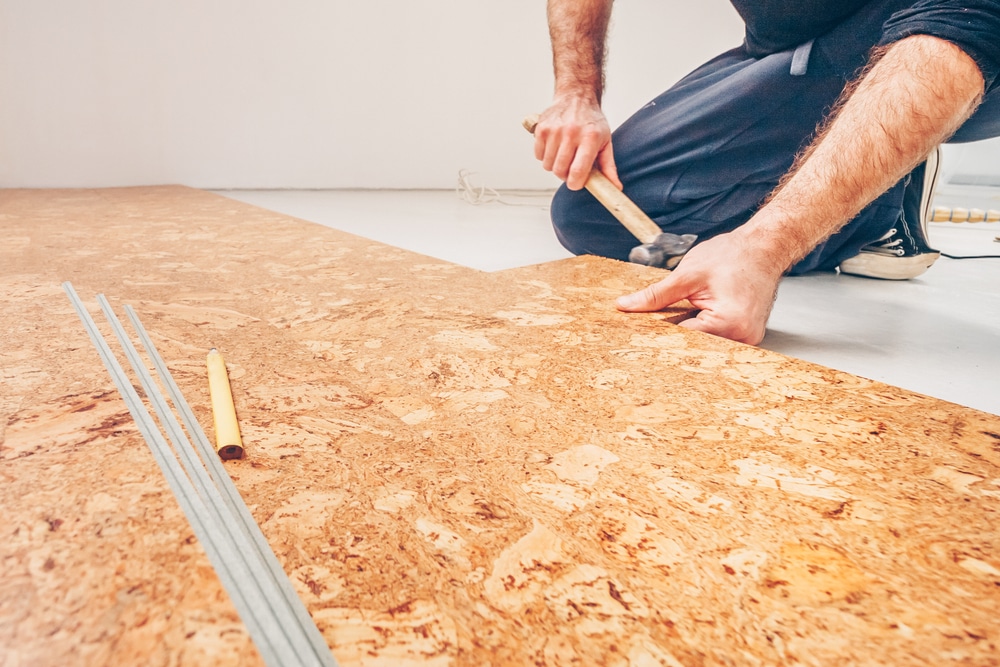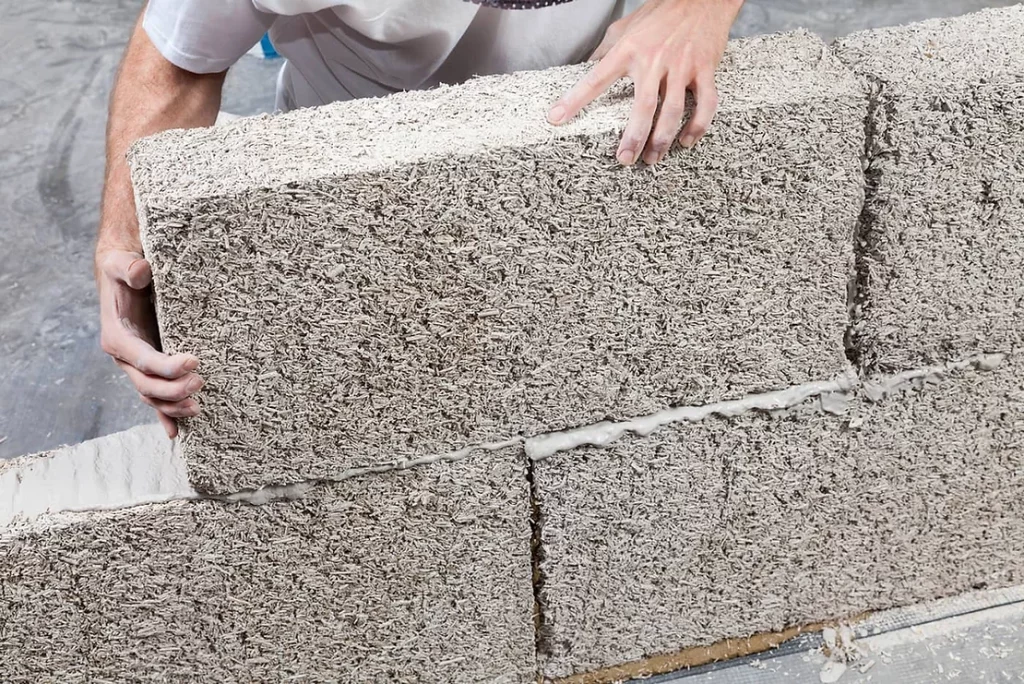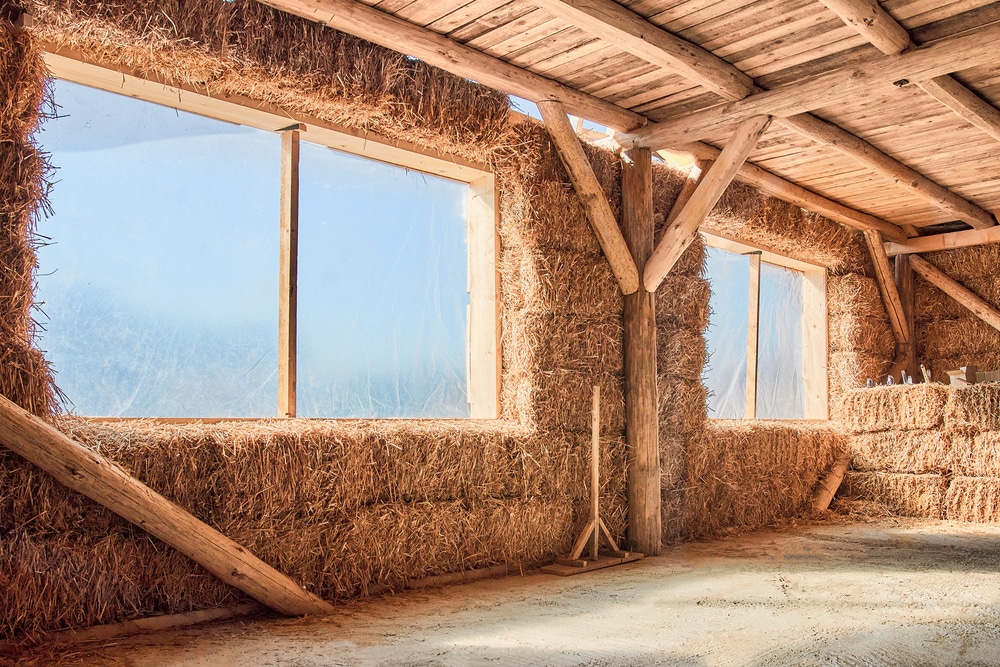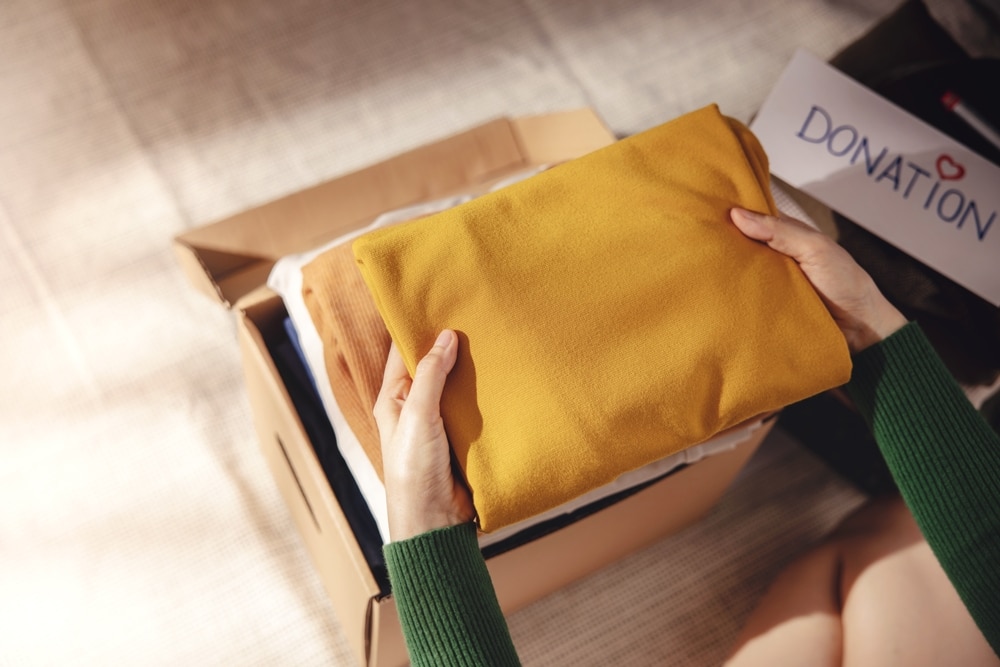Related Post
Sustainable Property Marketing
Sin categoríaThe Future of Real Estate: How Matterport 3D Virtual Tours Revolutionize Sustainable Property Marketing in ...
Read more

With the pressing need of making houses more sustainable for the environment, Real Estate Experts, scientists and developers have started looking into sustainable materials for construction. Coming up with some really interesting alternatives.
As opposed to using polluting and corrosive materials that have significant emissions of CO² to the environment; many natural materials are now available and being processed to be used in Eco-Friendly Building Constructions.
Learn about these types of rare but sustainable materials for construction 👇
1. Cork

There’s a reason why cork is used on wine bottles and many other packed beverages, to be stored for years and years. Cork is an eco-friendly material that is both natural and non-polluting; and can be recycled from other industries too.
It has natural properties like resistance to moisture and liquids, as well as vibration and sound absorption. This makes cork an ideal eco-friendly material for high resistance flooring for humid environments, and endurance to water and spills. Cork can also be used on ceiling panels and walls, to create harmonious acoustics inside the house.
2. Hempcrete

As odd as this may sound, hempcrete is a mixture of sand, hemp fibers and lime, that can be turned into blocks and plaques for construction, that make very lasting and eco-friendly materials for construction.
Because of its biodegradable qualities, hempcrete makes a great sustainable option for constructions in the long-run. Not only will it last as long as they need to, but when the time comes for demolition or remodeling, this material will be able to be recycled and reused without any harm to the environment.
3. Straw Bales

Turns out Straw Bales have other eco-friendly means, other than farm use. Much like wool straw-bale has high insulating properties and can help keep stable temperature, both indoors and outdoors, on buildings and constructions.
Straw-bale can be compressed into blocks and panels to use on ceilings and walls, so that houses can be thermally insulated. With a natural and eco-friendly material, that can be recycled and 100% biodegradable for the long-run.
4. Mycelium

Vegetative part of fungus that runs underground, that once dried up, can replace foams, plastics and timber applications.
Fungi is certainly one unexpected natural material that can be used for construction, specifically a part called mycelium, which is a vegetative thin root-like fiber that runs underground from fungi.
This eco-friendly building material has a super strong build that’s resistant to water, mold and fire. Additionally, it can be grown into specific forms, and once dried-up and processed, it makes a perfect fit to replace foams, plastic and timber applications all over the real estate constructions.
5. Bamboo

Because of its super-rapid growth and highly strong qualities, bamboo makes a great eco-friendly material to substitute wood and other materials in real estate constructions. Not only is it strong enough to be used in structures, but also aesthetically pleasing so that it can be used in decorations in the house.
With bamboo stems, developers will als produce very little waste, as almost the whole steam van be used in its entirety, and the few parts that are not, are algo biodegradable so they don’t harm the environment
6. Ashcrete

As a substitute for traditional concrete, you’ll find Ashcrete, an eco-friendly material made from fly ash, borate, bottom ash, and chlorine compound. Almost always, 95% of these materials are recycled, making it not only an environmentally friendly, but sustainable, material.
Contrary to common concrete, Ashcrete has a stronger build, with less cracking and bleeding chances, and more resistant to fire and acid; making it long-lasting and high quality blocks for real estate construction.
Do you know about any other type of rare eco-friendly building materials?
Join the community of Nativis Projex to share your knowledge and topics of interest with others. And learn more about any other building materials or construction types by chatting with people with similar interests to yours on our Facebook Group.
Join us!
Contact us through any of our channels.
The Future of Real Estate: How Matterport 3D Virtual Tours Revolutionize Sustainable Property Marketing in ...
Read more